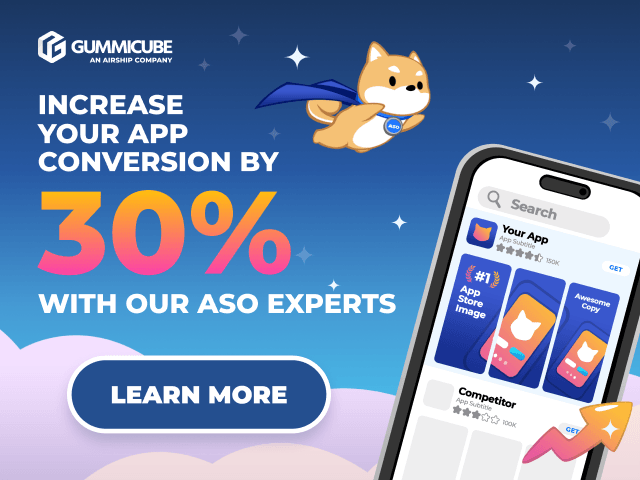Attribution is how markers understand the user journey. When performed with proficiency, there’s a data point for each action a user takes. But how does this enable mobile marketers to drive growth with better campaigns? To show the value of mobile app attribution tools, we’ve highlighted 6 key ways mobile attribution partners are worth your time.
Related resource: Mobile app attribution by Adjust.
Tracking install to learn where users were acquired
Perhaps the most clear-cut way in which attribution is important to the mobile ecosystem is the tracking of installs and conversions. Mobile attribution allows you to understand the journey your users take from the moment they click an ad to the actions they complete in-app – showing you how and why users install your app. By receiving attribution reports, marketers learn where users were acquired (paid or organic) and understand whether a user is a new or returning customer. These insights collectively answer an essential question: how has my ad spend impacted growth, and how can I push forward with greater success?
Accurately compare campaign and network performances
With insights into what brings users to your app, you can measure success per campaign and per network. This goes beyond learning which network is bringing you the most installs – an important factor because not all installs are equal in value.
For example, mobile attribution gives you the means to analyze which networks are providing great, high-value users. If campaign A brings more installs than campaign B, this is not a definitive indicator that you get higher ROI with campaign A. If more users from campaign B end up making in-app purchases – or even land you some big ad whales – this was the better investment. Knowing what’s regarded as success enables you to replicate your wins and achieve a higher ROI.
Use mobile attribution analytics to improve and perfect your retargeting efforts
Another way marketers can use mobile attribution to boost ROI is by using the data collected by mobile measurement partners (MMPs) for retargeting. There are now over 5 million apps available on the App Store and Google Play, making re-engagement a vital aspect of marketers’ UA strategies. With greater competition, the smart move is to bring users who have shown an intent to purchase back to your app (studies show that 25% of online viewers enjoy seeing retargeted ads and Click-Through Rate (CTR) are 10 times higher than with typical display ads).
Marketers also have the option to receive callbacks from an MMP in order to map out the user journey in our own BI system. This can help you understand and optimize your app’s user funnel: by analyzing which stages in the funnel have lower conversions, you can fine-tune the user journey and boost ROI by pushing more users to convert.
MMPs fight and prevent fraudsters who would otherwise steal your ad spend
It’s an attribution provider’s job to tell you where your acquisitions came from, so the first port of call should be identifying the validity of that install. Ad fraud is a gargantuan problem in the mobile app industry: Juniper Research estimated that advertisers will lose $42 billion of their ad spend in 2019 due to fraud across online, mobile and in-app channels. This also means that ad fraud is on the rise, showing a 21% increase from the estimated $35 billion stolen in 2018. To save marketers from handing over their ad spend to fraudsters, industry leaders in mobile attribution pride themselves on being able to detect fake clicks.
The most prominent ad fraud methods include Click Injection, Click Spam, SDK Spoofing and fake users (bots). Every app vertical is susceptible to fraud, with a greater risk for any apps with a high Cost per Install (CPI). Marketers should look for an attribution provider that protects against all of these fraud types, with sufficient resources that outline how their preventative measures work.
Fraud prevention is an essential component of attribution and of great significance to data-driven UA strategies. If fraud goes under an attribution provider’s radar, the damage is much greater than the stolen ad spend. It also means marketers put faith in compromised analytics, causing them to invest in ways that will be even more damaging to their company.
These are just a few ways in which mobile attribution can help you take on your market(s) of choice — irrespective of vertical, region or resources. The overall value of mobile attribution comes down to your understanding of what happens under the hood. Your engine may be running smoothly, but a detailed reportage of how users are being acquired and how they behave after install is imperative to UA optimization. Having mobile attribution eliminates the guessing work and makes it possible for you to push forward with data-driven strategies.













